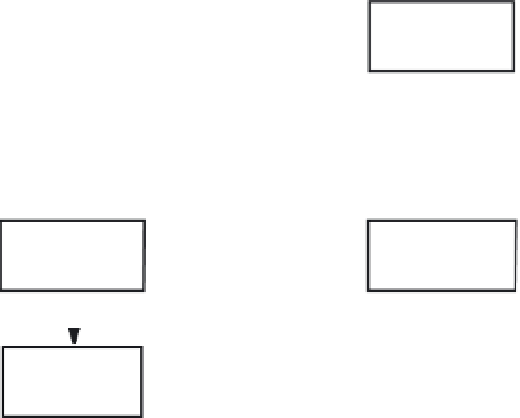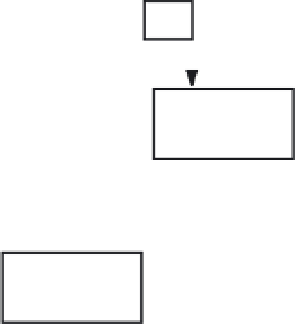Environmental Engineering Reference
In-Depth Information
11.7 Biospheric carbon cycle: combustion of fossil fuels and
land use changes (above all, tropical deforestation) are the
largest human interferences.
tively uncertain, with rates ranging between 13 and more
than 700 CO
2
-equivalent t/GW
e
h.
The cumulative total of emissions from fossil fuel com-
bustion was about 280 Gt C between 1850 and 2000
(Marland, Boden, and Andres 2005). To this must be
added emissions from conversions of natural ecosystems
(mainly tropical deforestation) to other uses. This flux
was dominant until the early 1950s, and its cumulative
pre-2000 total most likely amounted to 150-200 Gt C
(Warneck 2000). During the first years of the twenty-first
century the two fluxes totaled, respectively, nearly 7 Gt
and perhaps as much as 2 Gt C, but less than half of
this annual input stays in the atmosphere (the rest is
absorbed by the ocean or enhances photosynthesis). An-
nual increases of atmospheric CO
2
have averaged about
1.2 ppm (1 Gt C
¼
0.47 ppm) since continuous back-
ground measurements began in 1958, far from major
anthropogenic sources and from forested areas, at Mauna












































































